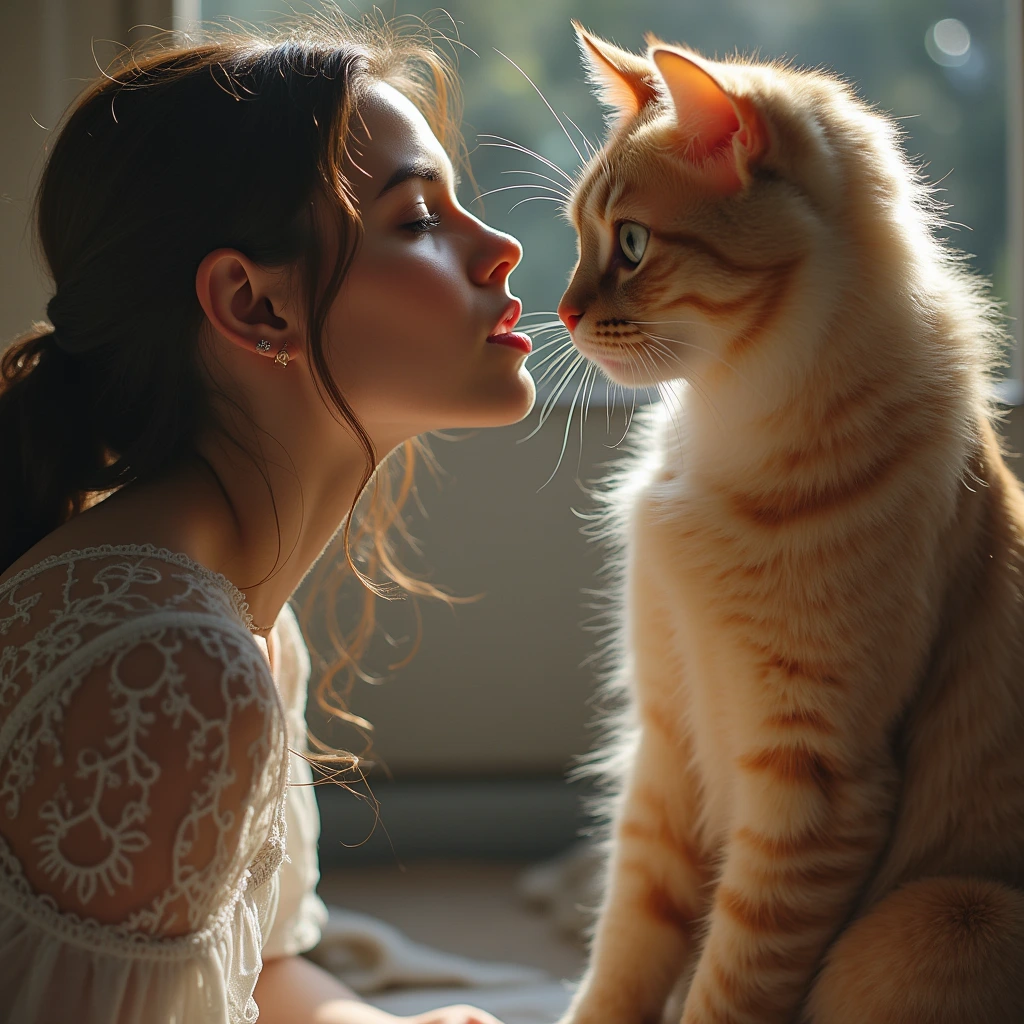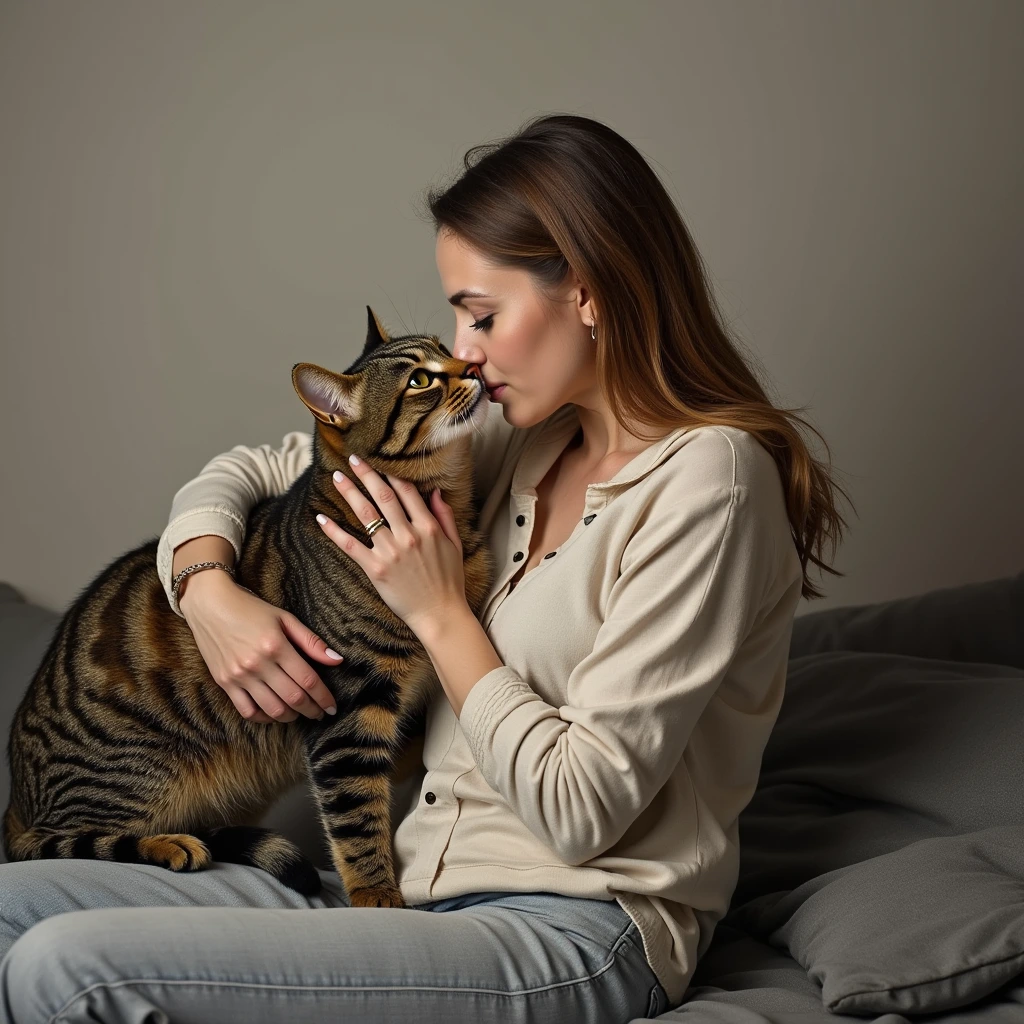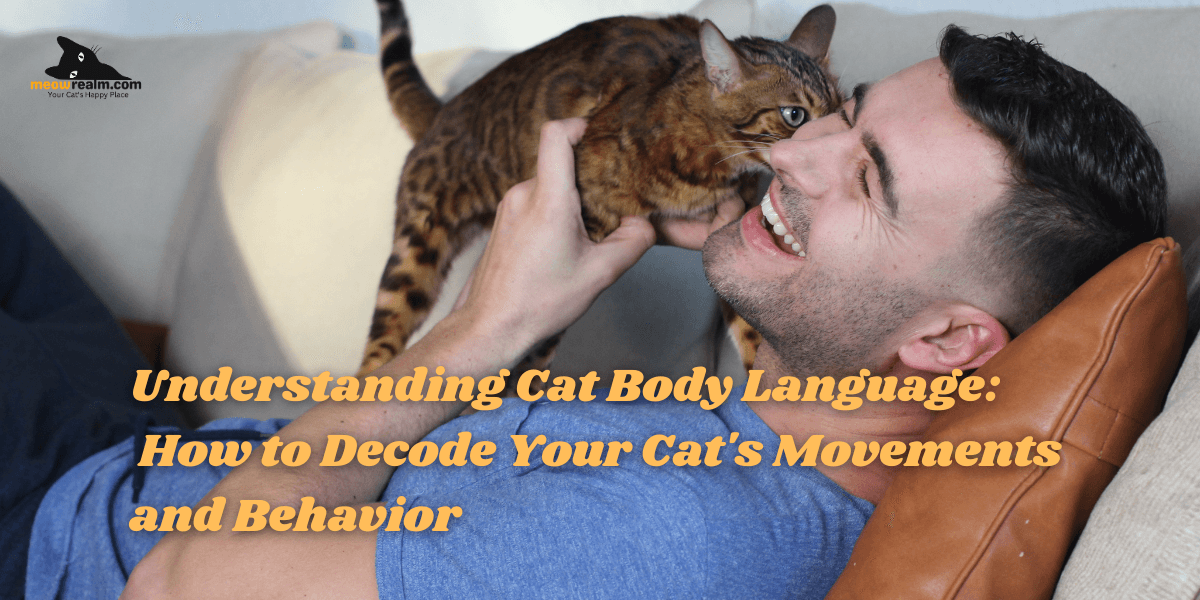Understanding cat body language is crucial for any cat owner or enthusiast. Cats communicate primarily through their body movements, and learning to interpret these signals can greatly enhance your relationship with your feline friend. Whether it’s the twitch of a tail or the position of the ears, every subtle movement has a meaning. By decoding cat body language, you can better understand your cat’s needs, feelings, and overall well-being.
Table of Contents
What is Cat Body Language?
Cat body language refers to the various ways in which cats communicate through their physical behaviors. Unlike humans, who rely heavily on verbal communication, cats express themselves primarily through their bodies. From their eyes and ears to their tail and posture, every part of a cat’s body plays a role in conveying their emotions and intentions.
Common Cat Body Language Signals
1. Tail Movements
The tail is one of the most expressive parts of a cat’s body. A high, upright tail usually indicates confidence and contentment, while a tail that’s puffed up could signal fear or aggression. A slow, swishing tail might mean your cat is focused or irritated. By observing your cat’s tail movements, you can gain insight into their mood and feelings.
2. Ears
A cat’s ears can tell you a lot about their emotional state. Forward-facing ears often indicate curiosity or relaxation, while ears that are flattened against the head suggest fear, anxiety, or anger. Cats also rotate their ears to catch sounds, so pay attention to where your cat’s ears are pointing.
3. Eyes
Cat eyes are another key aspect of feline communication. Slow blinking is a sign of trust and affection, while wide, dilated pupils can indicate excitement, fear, or aggression. If your cat stares at you with half-closed eyes, it’s a sign that they feel safe and comfortable around you.
4. Body Posture
Your cat’s overall body posture can convey a range of emotions. A relaxed cat will often lie down with their paws tucked under them, while a cat that’s feeling threatened might arch their back and puff up their fur. A crouching posture with ears flattened and tail tucked indicates that a cat is feeling scared or defensive.
Why Understanding Cat Body Language is Important
By understanding cat body language, you can better meet your cat’s needs and respond appropriately to their signals. This understanding helps to prevent misunderstandings and build a stronger bond between you and your cat. For instance, recognizing when your cat is stressed or scared allows you to intervene before the situation escalates. Similarly, understanding when your cat is relaxed or content can help you create a more comfortable and enjoyable environment for them.

How to Respond to Your Cat’s Body Language
When you’ve decoded your cat’s body language, the next step is knowing how to respond. If your cat is displaying signs of aggression, such as a puffed-up tail or flattened ears, it’s best to give them space until they calm down. On the other hand, if your cat is relaxed and showing affection, such as by slow blinking or rubbing against you, you can respond with gentle petting and attention.
Misinterpretations and Common Mistakes
It’s easy to misinterpret cat body language, especially if you’re unfamiliar with feline behavior. For example, many people mistake a slow-swishing tail for a sign of happiness when it can actually indicate irritation. Similarly, a cat that’s lying on its back might not always be inviting belly rubs; in fact, they might be in a defensive position. By educating yourself on the nuances of cat body language, you can avoid these common mistakes and improve your communication with your cat.
The Benefits of Decoding Cat Body Language
In conclusion, understanding cat body language is key to building a stronger, more trusting relationship with your feline companion. By paying close attention to their physical cues and responding appropriately, you can ensure that your cat feels safe, understood, and loved. Whether you’re a seasoned cat owner or a new feline friend, taking the time to learn about cat body language will enrich your bond and enhance your ability to care for your cat.
Best 10 Key Cat Body Language Signs You Need to Know
1 Tail Position
A cat’s tail can communicate a lot. If it’s standing upright, your cat is feeling confident or happy. A low or tucked tail indicates fear or anxiety, while a puffed-up tail means they are frightened or agitated.
2 Purring
While purring is commonly associated with contentment, cats can also purr when they’re in pain, anxious, or unwell. It’s important to consider other body language cues when interpreting purring.
3 Ears Forward or Back
Cats with their ears pointed forward are alert, curious, and engaged. When a cat flattens its ears against its head, it’s usually a sign of aggression, irritation, or fear.
4 Slow Blinking
A slow blink from a cat is often referred to as a “cat kiss.” It’s a sign of trust and affection. If your cat gives you a slow blink, it means they feel safe and comfortable with you.
5 Whisker Position
A cat’s whiskers are sensitive indicators of their mood. If the whiskers are pointed forward, it often means they are intrigued or curious. When pulled back against their face, it signals that the cat is anxious or frightened.
6 Arched Back
When a cat arches its back, it could indicate a defensive stance, signaling that they are ready to protect themselves. It’s also a sign that the cat is stretching, but context is important here.

7 Licking or Grooming
Cats spend a significant amount of time grooming themselves. If your cat is licking you, it’s a sign of affection or trying to establish a bond. However, excessive grooming can also be a sign of stress or anxiety.
8 Belly Exposure
If a cat rolls over and exposes its belly, it may seem like an invitation for belly rubs. However, many cats expose their bellies as a sign of trust or vulnerability, but they may not always appreciate being touched there.
9 Hissing or Growling
Hissing or growling is a clear warning that a cat feels threatened, scared, or agitated. It’s best to give your cat space when you hear these sounds to avoid escalating the situation.
10 Tail Flicking or Twitching
A twitching or flicking tail usually indicates that your cat is annoyed, frustrated, or focused. If they’re hunting or playing, it may be a sign of concentration, but if it’s sudden and intense, they might be irritated.


